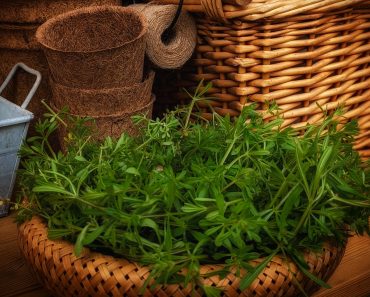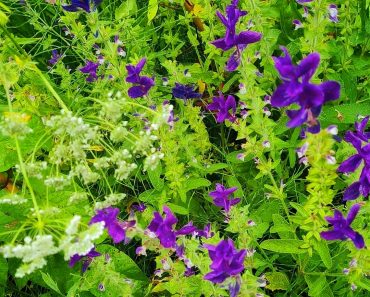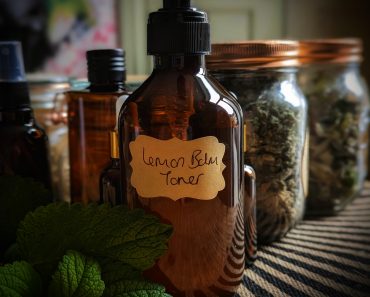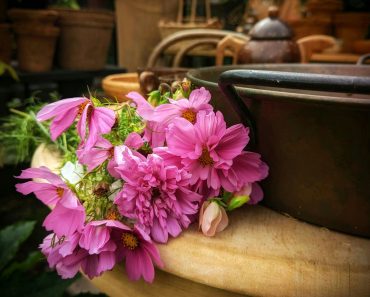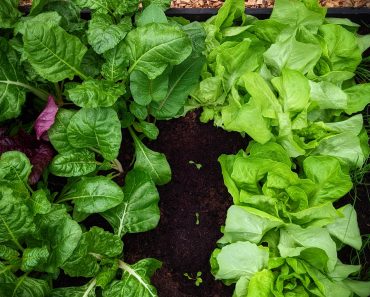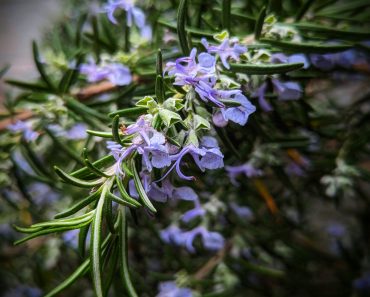Around April/May in the UK swathes of naturalised Perennial Bluebells begin to emerge filling our lands with carpets of Blue. If you listen closely enough you may even here their Bells ring ;o) These gorgeous woodland dwellers thrive in dappled shade and give a fairytale feel to any walk in the woods. But did you Know? You can grow them in your Garden too!

This post may contain Affiliate inks please see my disclosure policy
Before We Start…
The Bluebell plant is protected under the UK Wildlife and Countryside Act (1981). This means that the act of digging up the plant or bulb in the countryside is prohibited. So as tempting as it may be…please don’t go out and dig up wild Bluebells. Although it may seem like there are Bluebells everywhere and plenty to spare this time of year, they are actually at threat from habitat destruction and hybridisation with non-native bluebells.
Tread Carefully- Bluebells attract a lot of attention- it’s not hard to see why! And oftentimes they can suffer damage if stood on accidentally. Due to this, it can take many years for the Bluebell to recover... if the leaves of a Bluebell are crushed, it weakens the plant and they can no longer photosynthesise. Bad News for the Bluebell! So try to admire from a safe distance :o)
A Little Bluebell history
Bluebells (Hyacinthoides non-scripta) don’t actually come from the UK but are native to the Mediterranean. To us they are mostly known as English Bluebells but have gone by many names over the centuries…Wild Hyacinth, granfer griggles, lady’s nightcap, Wood Bells, fairy flowers, Bell flower, witches thimbles and cuckoo’s boots, to name just a few!
Around 500 years ago these dainty beauties were introduced to the British Isles from the Mediterranean. The Bluebell loved our lands so much that it made quick work of taking over hundreds of Acres of English Woodlands! …A Beautiful British Invasion! Today we consider the Bluebell as the national symbol of spring!
Bluebell Characteristics
Bluebells are classed as a Perennial herb. The plant grows from an underground bulb, with flowers appearing in April to early May.
Blue Bells have narrow dark green leaves with a pointed tip. The flowers are sweet smelling, violet blue in Colour and bell shaped. They also have a delightful habit of bowing and nodding in the breeze!
Not all Bluebells are Blue! They can also be white or pink.
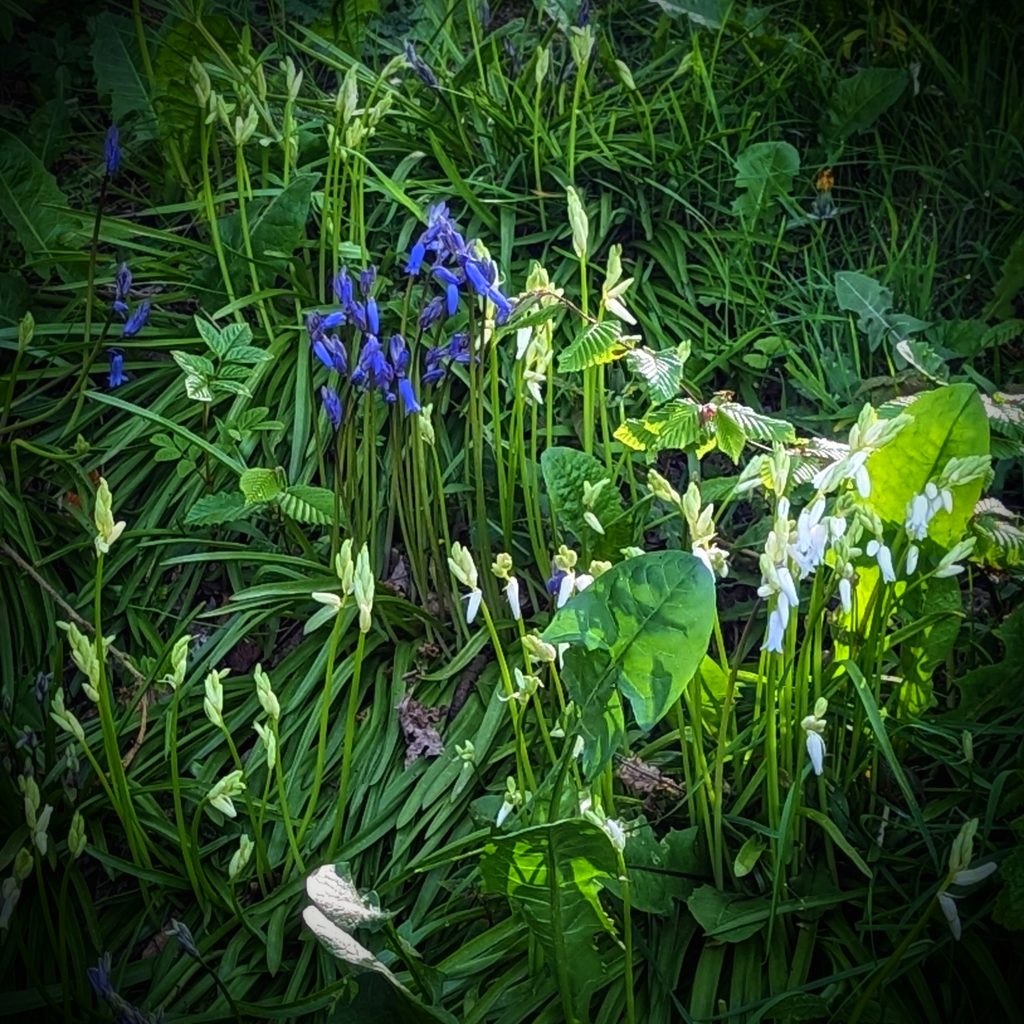
8 Fun facts about Bluebells!
1. Did you know? That over half the world’s population of Bluebells grows right here in the UK! Told you they loved it here!
2. Ants work for the Bluebells! These tiny little insects actually help to spread bluebell seeds, so if you live near a bluebell wood and Bluebells start popping up in your garden, you have the Ants to thank for that! So treat them kindly, they gifted you something beautiful!
3. It takes several years for a single a native bluebell seed to grow into a flower!
4. Bees and Butterflies adore the Bluebells! As do several moth species.
5. Old Folklore tales tell of the Bluebells alliance with the fairies. Bluebells, were believed to be an alarm clock of sorts, ringing at daybreak to awaken the fairies and call them into the woods.
6. Gum from the roots of Bluebells was once used to glue feathers to arrows and used as as an adhesive in bookbinding –Tudor Botanist William Turner wrote in 1568… ‘The boyes in Northumberlande scrape the roote of the herbe and glew theyr arrowes and bokes wyth that slyme that they scrape of.’
7. Bluebell bulbs contain Starch and back in victorian times they found a purpose for it! They used it to stiffen their Ruffs (Ruffs are a ruffled neck garment that victorian folk once wore)
8. It was once believed that juices squeezed from a Bluebell Plant could cure snake bites! Today we know that Bluebells are actually quite potent, and can be toxic in large doses- so please don’t try that at home
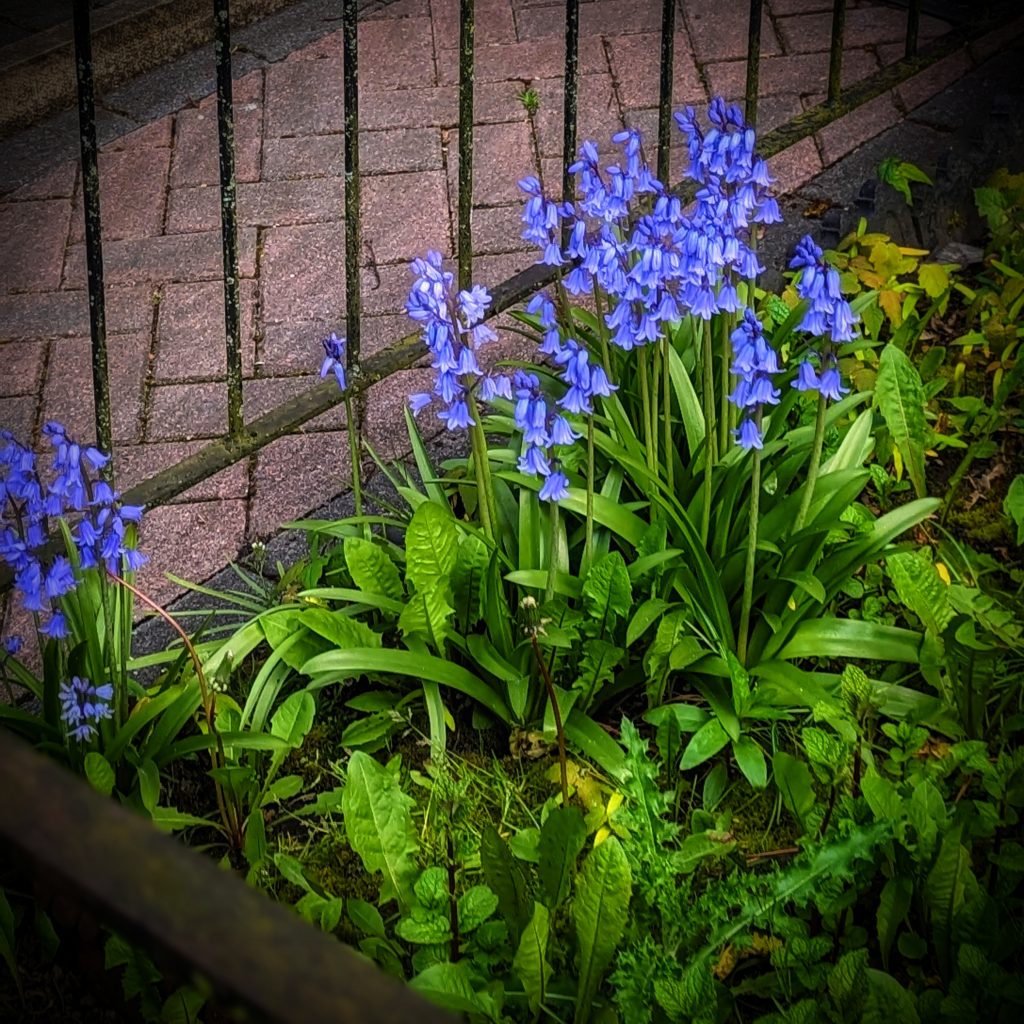
Growing BlueBells- Seeds or Bulbs?
I guess that depends on how long you would like to wait!
Bluebells sown from Seed can take up to 6 months to germinate and as long as 5 years to develop a bulb efficient enough to produce a flower.
Bluebells grown from a Bulb takes much less time! An ‘in the green’ bulb can take a couple of years to flower, sometimes sooner – You are likely to only see leaves in the first year, with blooms appearing the following year. But once their established, they get better and better with each subsequent year! They are a beautiful investment- one you’ll be glad you made! The bulbs will bulk up and divide, as well as dispersing seed, your Bluebell patch will soon grow!
What are ‘In the green’ bulbs?
‘In the green’ in simple terms, is basically a bulb that is full grown and delivered to the buyer either still in growth or with their foliage died back.
How To Grow Bluebells
I think i’ve bombarded you with enough information! Lets learn how to grow these beauties!
As mentioned above, Bluebell seeds are the Long game! And to be quite honest…I don’t have the patience for that! So let’s go the easier and faster route, by growing Bluebells from Bulbs :o)
If you have more patience than me? Then why not grow Bluebells from seed!… buy the seeds here
For the impatient gardeners like me….
Where’s the best Place to Plant Bluebells?
Bluebells are woodland plants, so they grow and thrive best in partial shade. Plant in a moist well drained soil, a perfect spot for Bluebells is in the dappled shade of a tree, or in-between shrubs and other plants.
When to plant Bluebell Bulbs
Bluebells ‘in the green’ should be planted immediately on arrival in spring. If you have ordered Dry bulbs, wait and plant them in autumn.
How To Plant Bluebell Bulbs
Plant Bluebell bulbs around 10cm deep and 10cm apart, with the pointed end facing upwards. *Remember you may only get leaves the first year
Planting ideas for Bluebells
Looking for a natural woodland effect? Plant them in groups to achieve a natural clump of Bluebells. You can also plant them in swathes, or create a meadow type look by planting them in grassy areas.
Can You Grow Bluebells in Pots?
Absolutely! Bluebells are happy to grow in containers just fill your pots with a good well draining soil and place in a shady position.
Bluebell Water Requirements
Nature will take the reigns with ground grown Bluebells! However, during periods of drought be sure to give them a drink! Pot grown BlueBells are a different matter, container soil tends to dry out more easily so water once a week if needed.
Bluebell Aftercare
What should you do with Bluebells after the flowers have died? After Bluebells have bloomed for the last time- leave them be! It’s important to leave the foliage in place. The leaves have a job to do! They will gather sunlight and create food for the bulb through photosynthesis, this in turns strengthens the bulb for future growing cycles. Further, if your Bluebells are naturalised in grass, resist mowing until the leaves of the Bluebells have completely died back.
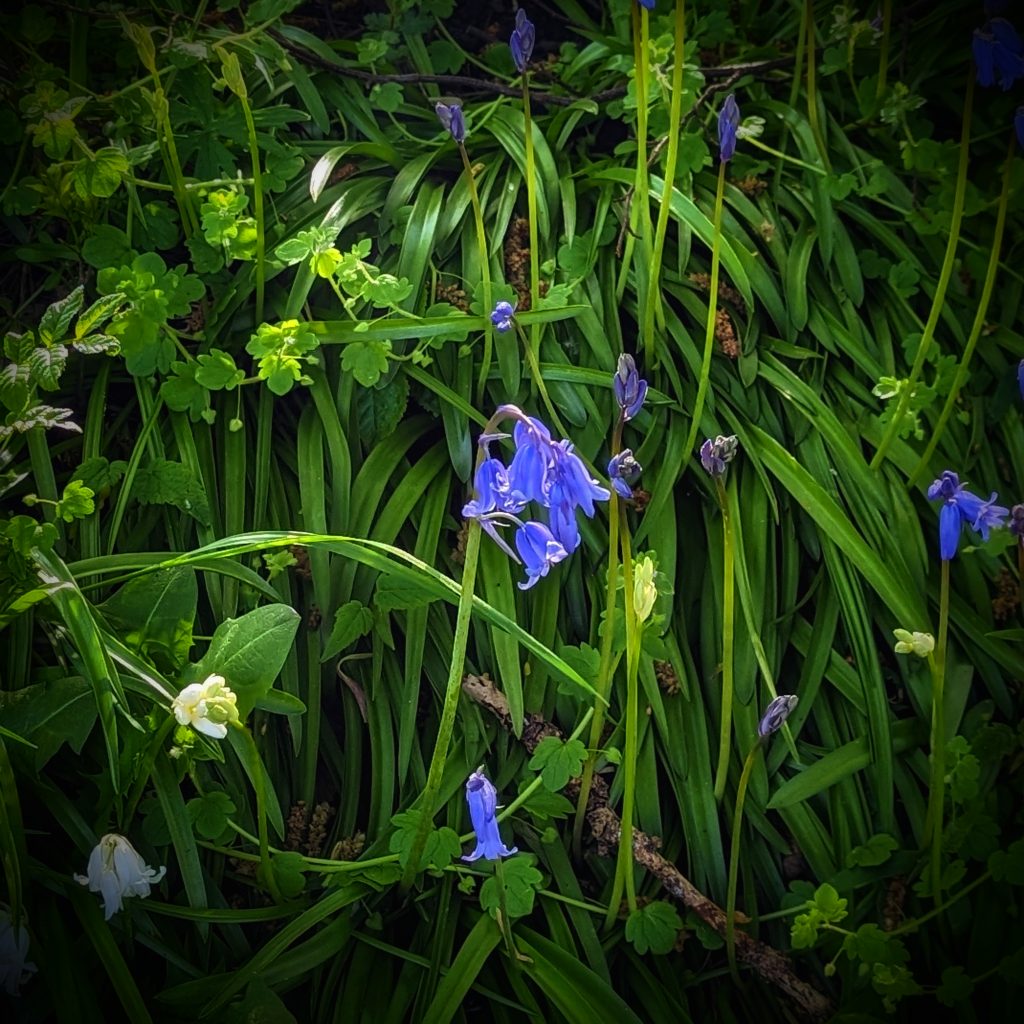
Can You Pick Wild Bluebells?
Wild Bluebells are protected and even if you only plan to pick the flower and leave the foliage and bulb, it’s still against the law in the UK to intentionally pick, or uproot Wild bluebells in any way.
Looking For More Flower Growing Posts?
Creating A Garden ? Take a look at these Frugal DIY Posts…
10 ways to create a vertical Garden
How to Build a Bee hotel from Pallet wood
How To Make A Rustic Fence with Tree Branches
How To make a garden arch with tree branches
Looking For more ‘Homely’ Inspo ?
Have a Nosey Around the Blog! See what i’ve been Baking, Growing and Drinking! Also, pop over and say Hi on Instagram
*Plants which are specially protected in England and Wales
Schedule 8 of the Wildlife and Countryside Act 1981, which is revised every five years provides a list of endangered plants. Under the 1981 Act It is unlawful to intentional pick, uproot or destroy the wild plant or any seed or spore attached to the wild plant. In any proceedings the plant will be deemed to be wild unless the contrary is shown.
Exemption
A person will not be guilty of such a crime if it has been carried out under a licence obtained from the relevant authority, the damage is a result of a lawful activity and could not reasonably have been avoided. That the unlawful act was incidental of a lawful operation or other activity, and whilst carrying out that lawful incident or activity that person took reasonable precautions to avoid uprooting, destroying etc. the plant, or he did not or count have reasonably foreseen that the unlawful act would have occurred during the lawful operation or activity.
It is also unlawful to sell, offer or expose for sale, is in possession of or transports for the purpose of selling, publishes, causes to be published any advertisement likely to be understood that a person buy or sells or intends to buy or sell any live or dead wild plant or anything derived from such a plant included in Schedule 8.

